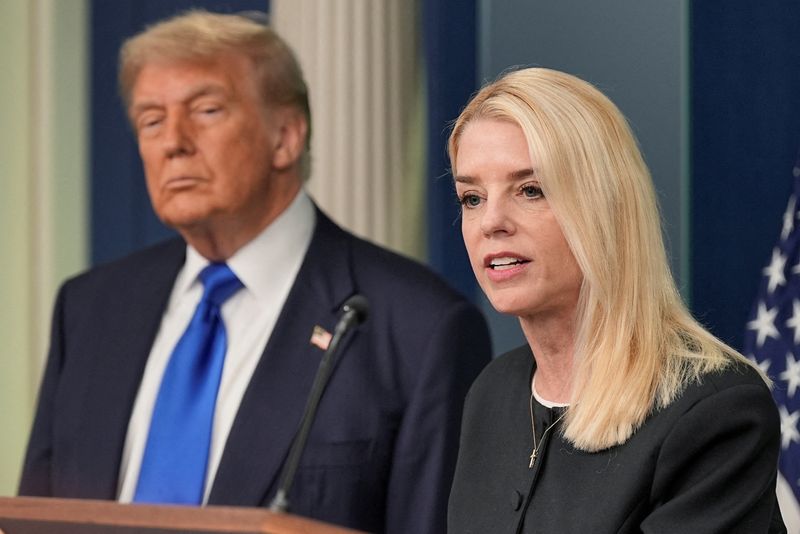- The One Big Beautiful Bill that was signed into law last week includes a provision for so-called Trump accounts that provide a one-time contribution of $1,000 from the federal government for U.S. babies born from 2025 to 2028. Depending on how much is invested and how well the stock market performs, the accounts could grow substantially over time.
Parents are getting a new option to build wealth for their kids under the new tax-and-spending law signed by President Donald Trump last week.
The so-called Trump accounts, which are expected to be available next July, are open to babies who are U.S. citizens born from 2025 through 2028 and have Social Security numbers.
The federal government will make a one-time contribution of $1,000. Families can also contribute up to $5,000 a year, with employers allowed to chip in up to $2,500 of that amount. The money must sit in low-cost stock mutual funds or ETFs tracking a U.S. stock index, such as the S&P 500.
Key details have yet to be spelled out as federal agencies must begin the rule-writing process to implement the program. But the investment community is already touting the potential benefits.
“It can help Americans build financial security earlier and more confidently and, over time, ease the pressure on both the safety net and the federal budget,” Russell Investments Chairman and CEO Zach Buchwald wrote in the Washington Post on Thursday. “This kind of long-term investment in people addresses a deep, persistent challenge: Most Americans don’t save or invest nearly enough during their working years.”
The ability for employers to make contributions, which wouldn’t count as taxable income, is key because it can allow the accounts to grow significantly, even with modest sums from families, he added.
Buchwald laid out a hypothetical scenario where a family contributes just $20 a week into a Trump account, or about $1,000 a year, with an employer adding another $2,500 a year.
Assuming a 7% rate of return, the account could top $100,000 by the time the child turns 21, he estimated. It’s a relatively conservative figure considering the S&P 500’s annual return has averaged above 10% since 1957, albeit with some big swings in the process.
If contributions keep rolling in, the magic of compounding could swell the Trump account to more than $2 million by the time the holder is 60, Buchwald added.
“That early start doesn’t just help with paying for college or buying a first home—it sets the foundation for lifelong financial security through to retirement,” he said.
Of course, more aggressive contributions and a stronger stock market would result in fatter accounts. A family that maxes out the $5,000 annual contribution limit could see the account jump to more than $190,000 after 18 years and an 8% annual return.
Trump accounts represent another investment tool for families looking to establish some financial resources for their children.
Parents can already open Roth IRAs and 529 education accounts for their kids. But they can only start IRAs when their kids are earning income, and withdrawals for 529s are largely limited to education-related expenses (though unused funds can be rolled into a Roth IRA with certain limits).
In addition, other families may not have the financial means to set up IRAs, while many Americans don’t open their own retirement accounts until they’ve landed their first jobs in their 20s, or later.
A key advantage of Trump accounts is that contributions can start very early in a child’s life, allowing for more years to build wealth.
“To me, it’s a supercharged IRA,” Cheryl Costa, a financial adviser in Framingham, Mass., told the New York Times.
This story was originally featured on Fortune.com

 7 hours ago
1
7 hours ago
1





















 English (US) ·
English (US) ·